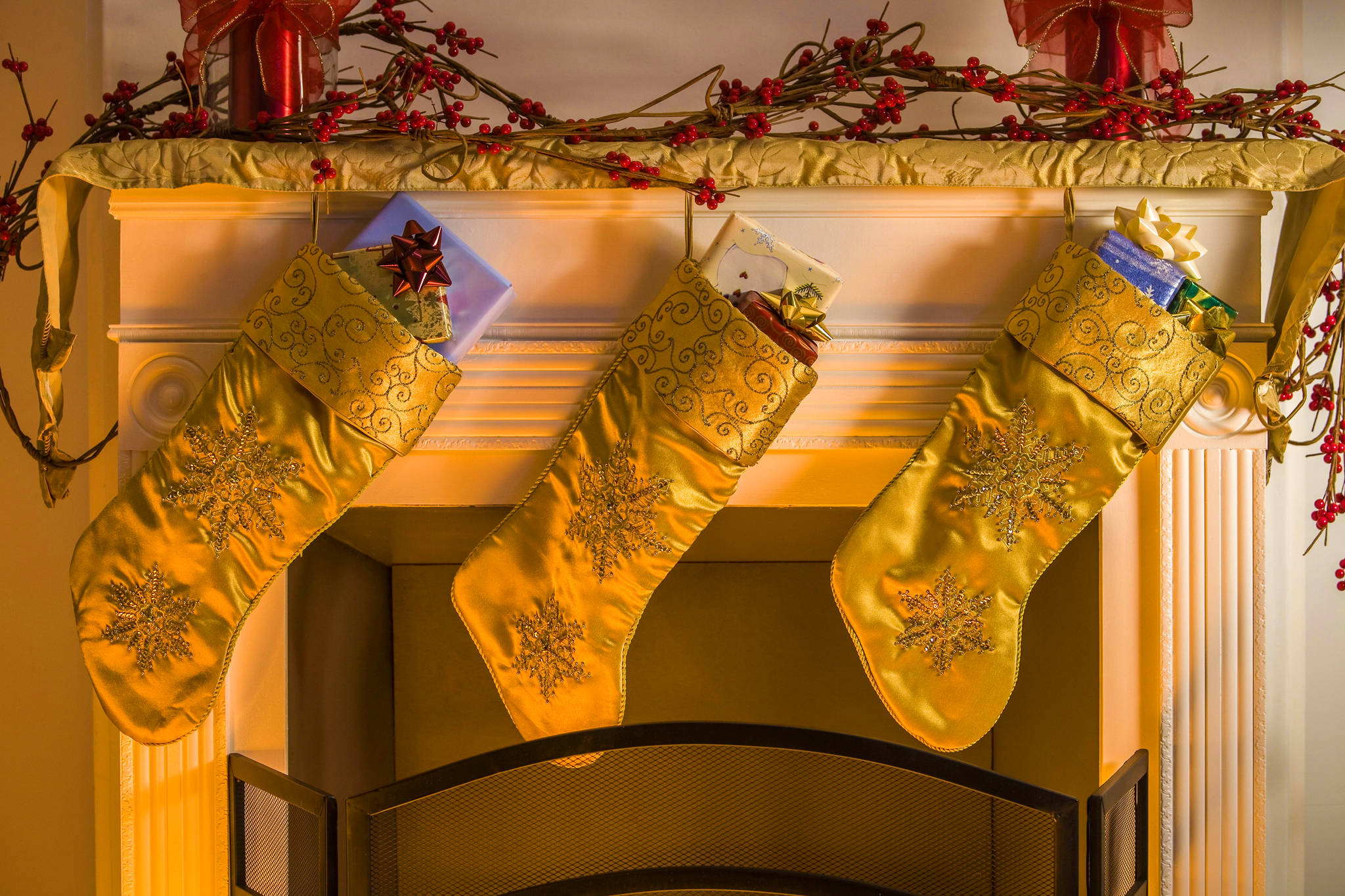The season of Christmas is upon us once again, and with this time of year comes a multitude of traditions that we follow without perhaps giving a thought to their origins.
First of all, the word ‘Christmas’ is derived from ‘Christ’s Mass’ – the first religious celebrations which honoured Jesus Christ’s birth. Pinpointing a date for the celebration didn’t come until AD 350, when Pope Julius I designated Dec. 25th as Christmas Day.
“He did so mainly to counteract the effect of the popular feast held in honour of Saturn – Saturnalia – which occurred at the time of the winter solstice,” writes Rudolph Brasch in his book Christmas Customs & Traditions.
Throughout the volume, Brasch details much more about the holiday season in terms of where our treasured customs came from.
“No other festival has produced such a wealth and variety of customs, and each one has its own fascinating story.”
Take Christmas trees.
Where did this custom of setting up a fragrant spruce in the living room stem from?
According to Brasch, royalty was responsible for helping to establish the tradition in Britain. From there, it rapidly caught on in many countries across the globe.
“Prince Albert, Queen Victoria’s German-born husband, had a Christmas tree erected in Windsor Castle in nostalgic remembrance of his homeland. The royal example was soon copied by the general public, and the custom then spread throughout the world.”
Although Christmas cards may not be as common as they once were, it’s still a popular tradition with many during the holiday season.
According to Brasch, the Christmas card was invented by Sir Henry Cole in 1843. “He was a well-known London art dealer who aspired to improve the general public’s taste.
“He came up with the idea of the first Christmas card, a simple yet attractive token of friendship which, he felt, would further enhance this special day.”
Still, it took about 20 years for the idea to really catch on.
But by the 1860s, stationery companies were producing thousands of cards and during the following three decades, printers in Britain supplied a whopping 163,000 varieties of Christmas cards.
And then there are the striking poinsettia plants we see pretty much everywhere as Christmas approaches.
Their connection to Christmas dates back to Joel R. Poinsett, who served as the United State’s first ambassador to Mexico from 1825 to 1829.
“During that time, he came to admire a beautiful indigenous plant with large scarlet leaves encircling small, greenish-yellow blossoms, which the Mexicans had adopted as their Christmas flower. He liked it so much that he sent specimens back home, where they soon flourished.”
How about the presentation of nativity scenes?
A certain famous Italian by the name of St. Francis of Assisi is thought to have launched this.
“After receiving permission from the Pope, he erected the first one during Christmas of 1224 in a cave outside of the Italian town of Greccio.” Live animals were included of course, and it was a “Novel and eye-catching way to celebrate the memory of the child who was born in Bethlehem.
“When people gathered to view the spectacle, Francis stood in front of the manger and recited the Gospel related to the scene, then he delivered a sermon.”
And of course, there is jolly old St. Nick.
The original Santa Claus was St. Nicholas, a fourth century bishop of Myra which is now part of Turkey. The Dutch, in particular, came to love the legend of Nicholas. In their language his name became Sinter Klaas.
“The British eventually anglicized his name, thus creating the modern Santa Claus.”
Of course, music is an enormous part of the Christmas season from traditional carols to modern classics. White Christmas, one of the most well-known holiday hits, was written in 1942 by Irving Berlin. “He composed if for the film Holiday Inn, a musical which starred Bing Crosby and Fred Astaire.”
On the traditional side, few carols have resonated quite like Silent Night, first sung on Christmas Eve in 1818 in the Austrian village of Oberndorf.
“Father Mohr felt that the service would lose much of its beauty and warmth if there was no music.”
He had penned a Christmas poem which he took to the local school master, Franz Gruber who also composed music on an informal basis and played the guitar.
“Mohr asked him whether he could quickly set this poem to music so that it would be ready that night. He should do so for two solo voices to be accompanied by guitars.”
It only took a few hours for Gruber to come up with the simple yet elegant tune, and the song was sung that night for the first time.
Its popularity spread quickly across the country and throughout Europe. A century passed and singer Bing Crosby, as he had done with White Christmas, lent his golden voice to the melody and a truly global classic was born.
“Almost 100 years later, Crosby gave it world fame.”

